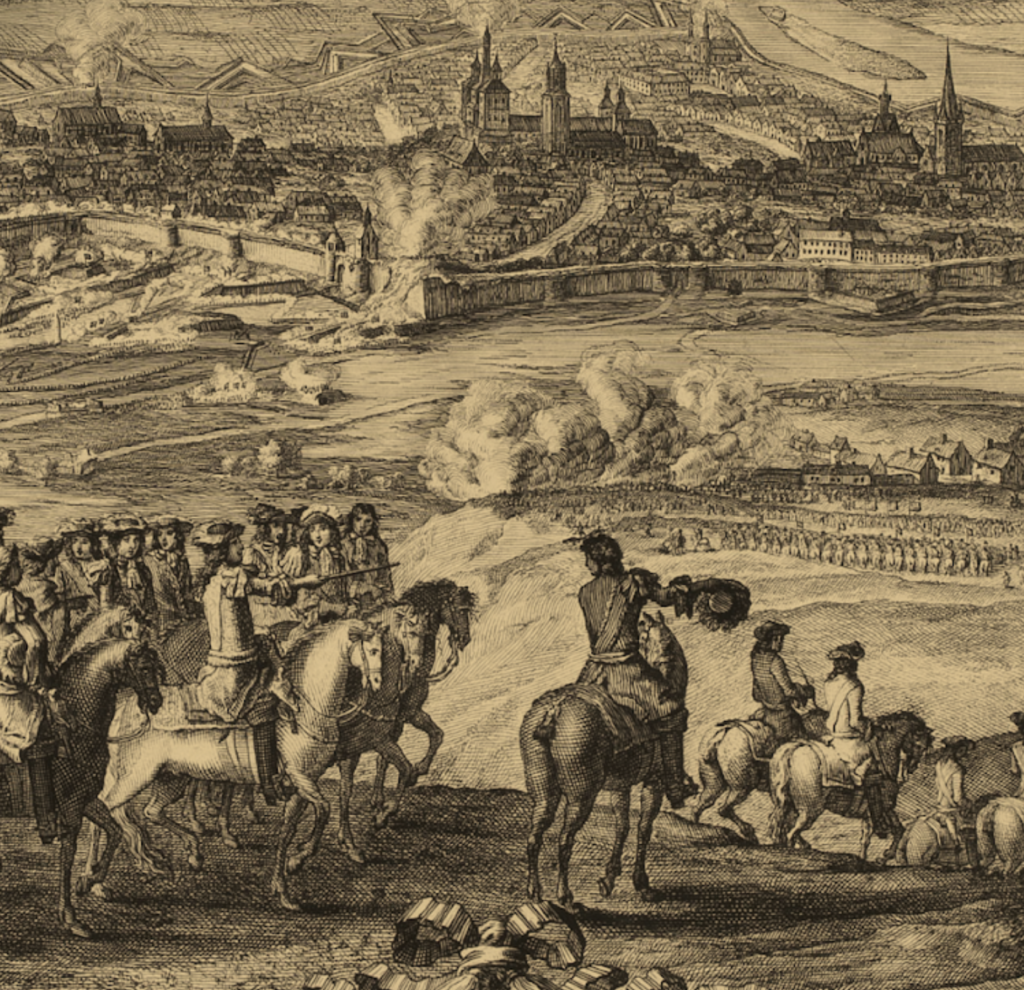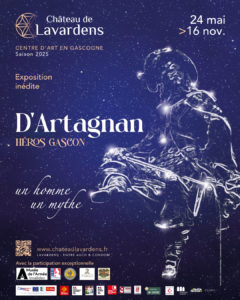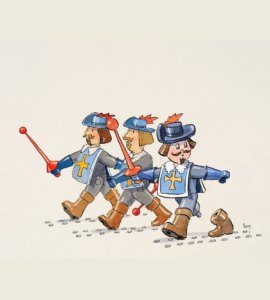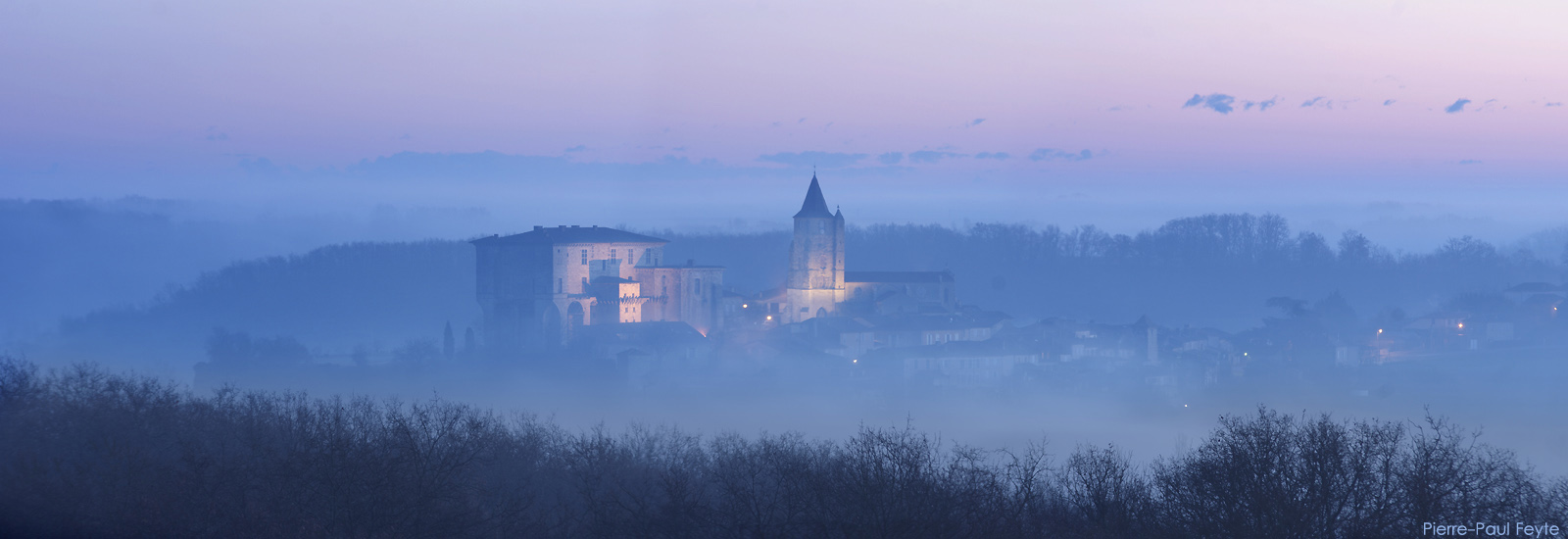Militarily, the musketeers’ golden age was under Louis XIV, especially in the late 17th century. The Wars of Devolution (1667-1668), Holland (1672-1678), and the Nine Years (1688-1697) offered them many opportunities to distinguish themselves in sieges and commando assaults. However, from 1701, with the War of the Spanish Succession (1701-1714), the musketeers—originally light cavalry—were assigned to the army’s right wing alongside other royal household units.
Though effective in sieges and surprise attacks, they then fought mainly as heavy cavalry, often in French defeats such as Ramillies (1706), Malplaquet (1709) and Dettingen (1743). They continued to show courage and prestige, covering French retreats effectively; enemies dared not charge them head-on due to their fierce reputation. Their last notable action came at Fontenoy (1745), helping to destroy the British column.
In the 18th century the musketeers became more of a royal political police force. From 1718 onwards they acted as the King’s armed arm to compel the Parliament to obey, often delivering lettres de cachet at night, sometimes violently. Under the Regency, Philippe d’Orléans used them for arrests, confirming a role assigned by Louis XIV in 1661 as jailers of state prisoners. These duties contributed to the musketeers’ dark legend: admired yet feared.
Criticism grew over the century. As they were increasingly sidelined from battlefields, detractors accused them of no longer justifying their elite status and their privileges, especially their financial privileges, which were deemed too costly. The death of Louis XV and the rise of Louis XVI, who pursued reforms and savings, led to their disbandment. The Count of Saint-Germain, who disliked military privileges, ordered their dismissal on December 15, 1775.





 dernier accès à la billetterie 1 heure avant la fermeture (afin de vous laisser un temps de visite confortable).
dernier accès à la billetterie 1 heure avant la fermeture (afin de vous laisser un temps de visite confortable).